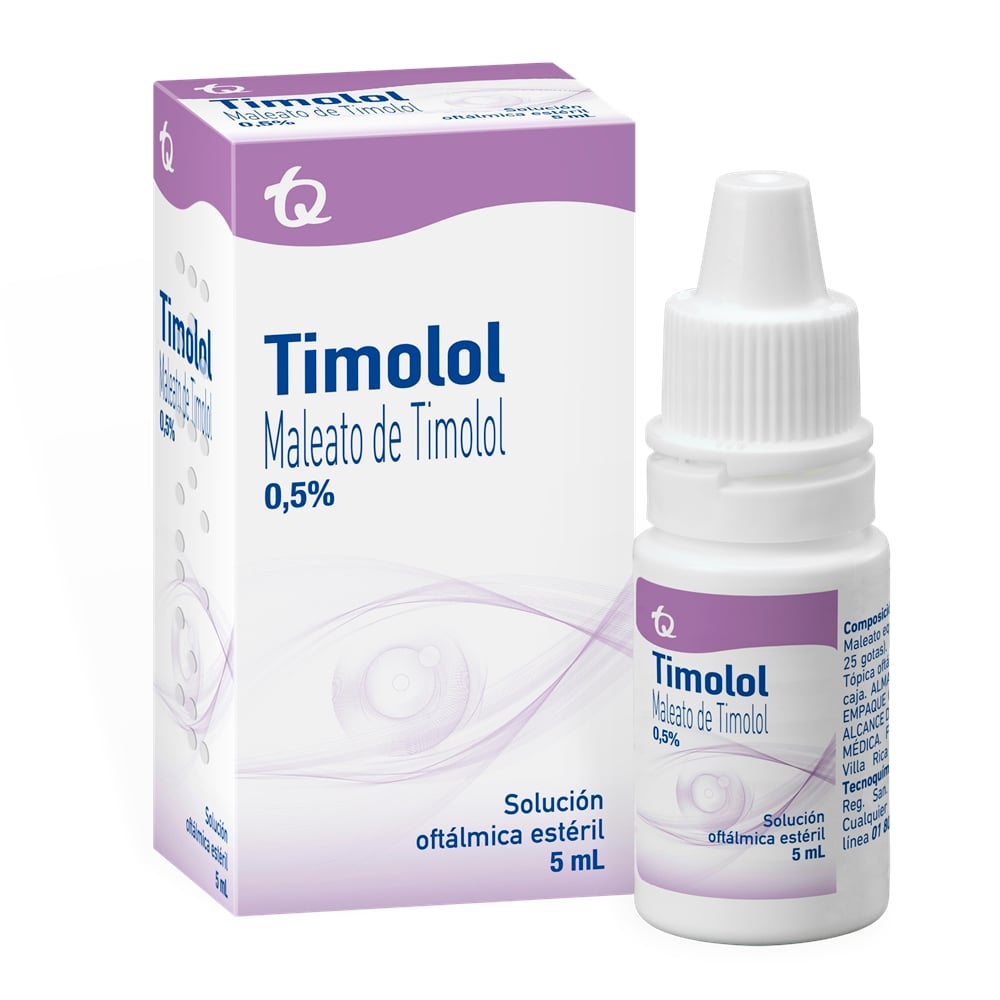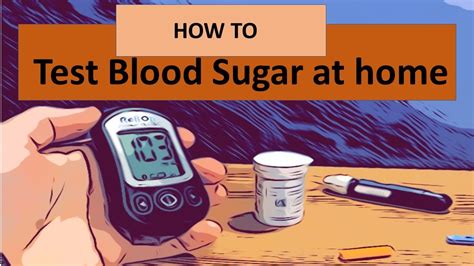Reducing eye pressure is a critical aspect of managing conditions like glaucoma, which can lead to vision loss if left untreated. One of the medications commonly prescribed for this purpose is timolol, available in the form of eye drops. Timolol belongs to a class of drugs known as beta-blockers, which work by decreasing the amount of fluid produced in the eye, thereby reducing pressure. Understanding how timolol eye drops work, their benefits, potential side effects, and how to use them correctly is essential for individuals looking to manage their eye health effectively.
How Timolol Eye Drops Work
Timolol eye drops are designed to be administered directly into the eye. Once inside, they act on the beta receptors in the eye, which are responsible for the production of aqueous humor - the clear fluid that nourishes the cornea and lens. By blocking these receptors, timolol decreases the production of aqueous humor, leading to a reduction in intraocular pressure (IOP). Lowering IOP is crucial for preventing damage to the optic nerve, a common consequence of glaucoma that can result in progressive, irreversible vision loss.
Benefits of Timolol Eye Drops
The primary benefit of timolol eye drops is their ability to effectively reduce intraocular pressure, making them a valuable treatment option for glaucoma and ocular hypertension. They are often prescribed as a first-line treatment due to their efficacy and relatively low cost compared to other medications. Additionally, timolol eye drops can be used in combination with other eye pressure-lowering medications when a single medication is not sufficient to control the condition.
Potential Side Effects
While timolol eye drops are generally well-tolerated, they can cause some side effects, some of which may be more common than others. Common side effects include:
- Stinging or burning sensation in the eyes upon application
- Blurred vision temporarily after use
- Redness or itching of the eyes
- Taste disturbances
- Fatigue
More serious side effects, though rare, can include:
- Respiratory problems, such as shortness of breath or wheezing, especially in individuals with pre-existing respiratory conditions like asthma
- Cardiovascular issues, including changes in heart rate or blood pressure
- Allergic reactions, which can range from mild to severe
It’s essential for patients to report any side effects to their healthcare provider, as they may need to adjust the treatment plan.
How to Use Timolol Eye Drops
Using timolol eye drops correctly is vital to ensure their effectiveness and minimize potential side effects. Here are some steps to follow:
- Wash your hands before touching the bottle or your eyes.
- Tilt your head back and pull the lower eyelid down to create a pocket.
- Place the dropper above the pocket, but not touching the eye, and release one drop.
- Look down and gently close your eyes for 1-2 minutes.
- Press your finger against the inner corner of your eye for about 1 minute to keep the drop in your eye.
- Wait at least 5 minutes before using any other eye drops.
Precautions and Interactions
It’s crucial to inform your doctor about all medications you’re taking, including other eye drops, and any health conditions you have. Timolol can interact with certain medications, such as oral beta-blockers, and may not be suitable for everyone, especially those with certain medical conditions like asthma, chronic obstructive pulmonary disease (COPD), or heart failure.
Conclusion
Timolol eye drops are a valuable medication for reducing eye pressure, offering an effective way to manage conditions like glaucoma. While they can cause side effects, the benefits often outweigh the risks for many patients. By understanding how to use timolol eye drops correctly, being aware of potential side effects, and maintaining open communication with healthcare providers, individuals can make the most of this treatment option and protect their vision.
What is the primary use of timolol eye drops?
+Timolol eye drops are primarily used to reduce intraocular pressure in patients with glaucoma or ocular hypertension.
Can timolol eye drops be used with other medications?
+Yes, timolol eye drops can be used in combination with other eye pressure-lowering medications. However, it's essential to consult with a healthcare provider to ensure safe and effective use.
What are common side effects of timolol eye drops?
+Common side effects include stinging or burning sensation, blurred vision, redness or itching of the eyes, taste disturbances, and fatigue. More serious side effects can occur, especially in individuals with pre-existing health conditions.
By combining comprehensive information with practical advice, individuals can navigate the use of timolol eye drops with confidence, ensuring they receive the full benefits of this medication while minimizing its risks. Always consult with a healthcare provider for personalized advice and guidance.



